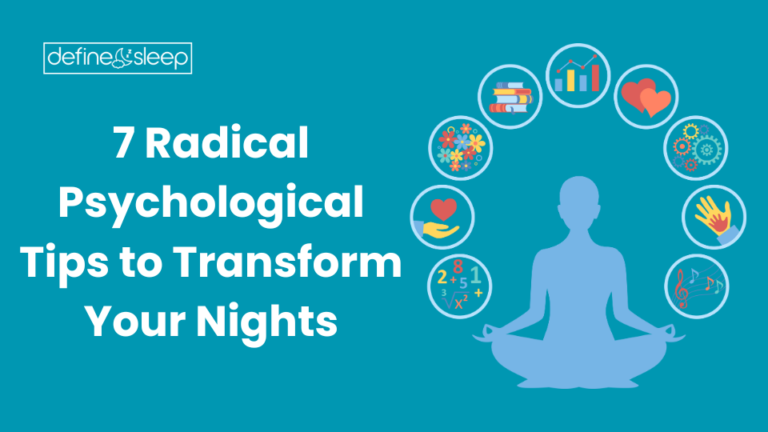Introduction:
Have you ever heard that the right light can help you sleep? If your answer is yes. So you are right. Sleep is essential for our physical and mental well-being. Yet, many of us struggle to get a good night’s rest. One often overlooked factor that can significantly impact sleep quality is the lighting we use before bed. In this article, we’ll explore the science behind light and its effect on sleep and guide you toward choosing the best light for a restful night. So are you ready?
1.1: The Science of Light and Sleep:

It has often happened to you that a bright light opens your eyes. If your answer is yes, So you must be wondering why this happens. Our bodies have a natural internal clock known as the circadian rhythm. This rhythm regulates our sleep-wake cycle, responding to light and darkness cues.
It’s worth questioning where the hormone responsible for regulating our sleep originated from within our body. In ancient times, humans relied on sunlight to wake up before the advent of clocks. As a result, a hormone developed within the body causes us to wake up upon seeing the light.
This hormone has been passed down to us through generations. Exposure to bright light, incredibly blue light emitted from screens and electronic devices, suppresses the production of melatonin, a hormone crucial for sleep.
1. The Problem with Blue Light:
There are so many digital things in today’s modern age. These are high in blue, incredibly blue light emitted from screens and energy-efficient LED bulbs. This blue light exposure, particularly in the evening, can significantly disrupt our circadian rhythm and make it harder to fall asleep and stay asleep.
This means that the farther you put all your digital stuff away from you before bed, the better۔
“I want to share some information about two powerful sources of light that can aid in achieving a good night’s sleep. These lights have been around for many years, helping humans sleep better since the beginning of time.”
2. Red Light: Your Sleep Ally:
When it comes to sleep-friendly lighting, red light reigns supreme. Research shows that red light exposure helps increase melatonin production, the hormone responsible for promoting drowsiness and regulating your sleep-wake cycle. In simpler terms, red light helps your body prepare for sleep naturally.
Think of it like this: as the sun sets, the natural light shifts towards a warm, red hue. This signals to your body that it’s time to wind down. By mimicking this natural phenomenon, red light can help you achieve a deeper, more restful sleep.
3. Amber Light: A Warm Embrace:
While red light takes the top spot, its close cousin, amber glow, also offers significant sleep-promoting benefits. Amber light is slightly brighter than red light but still falls within the “sleep-friendly” spectrum. It can be a good option for individuals who find red light too dim or prefer a warmer ambiance.
1.2: Choosing the Right Light for Sleep:

So, what kind of light should you use to promote better sleep? Here are some tips:
1. Dim the lights in the evening.
Dimming the lights several hours before bedtime helps signal your body that it’s time to start winding down. This allows your melatonin levels to rise naturally.
2. Choose warm-colored lights.
Warm-colored lights, like red, orange, and yellow, emit less blue light and are more conducive to sleep. Consider using lamps with these colored bulbs in your bedroom, living room, and other areas where you spend time in the evening.
3. Invest in blackout curtains or shades.
Blocking out all light from your bedroom creates the ideal environment for sleep.
4. Use a sunrise alarm clock.
This type of alarm clock gradually increases the light in your room before you wake up, mimicking the natural sunrise and gently easing you into wakefulness.
5. Limit screen time before bed.
The blue light emitted from electronic devices can significantly interfere with your sleep. Avoid using smartphones, laptops, and tablets for at least an hour before bedtime.
1.3: Beyond Lighting:
While choosing the right light is essential, it’s just one piece of the puzzle. Here are some additional tips for creating a sleep-friendly environment:
- Keep your bedroom cool and dark. The ideal temperature for sleep is around 65°F.
- Establish a regular sleep schedule and stick to it as much as possible, even on weekends.
- Avoid caffeine and alcohol before bed.
- Get regular exercise, but avoid strenuous activity too close to bedtime.
- Relax with activities like reading, warm baths, or meditating before bedtime.
Help From Chatgpt 4




